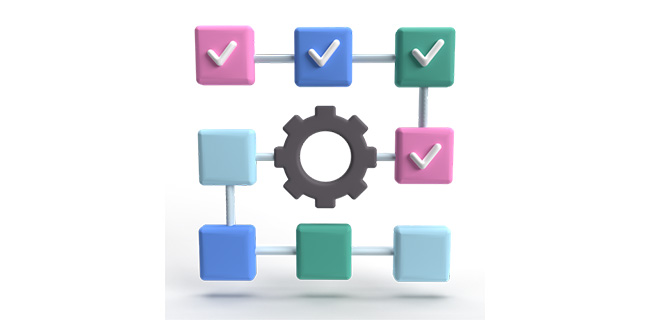In today’s fast-paced digital environment, ensuring the quality and reliability of web applications is crucial for businesses and users alike. End-to-end (E2E) testing plays a vital role in this process, as it assesses the entire application flow from the user’s perspective to verify that all components of the application work together as intended. In this blog article, we’ll explore effective strategies for successfully executing E2E testing on web applications.
Understanding End-to-End Testing
End-to-End testing involves testing the complete workflow of an application, simulating real user scenarios from start to finish. This type of testing helps identify integration issues between different software components, ensuring that the application behaves as expected in a real-world environment. By focusing on the end-user experience, E2E testing helps improve application reliability, usability, and performance.
Key Strategies for Effective End-to-End Testing
1. Define Clear Test Objectives
Before diving into E2E testing, it’s essential to define clear objectives. What workflows or user journeys are most critical to test? Are there specific functionalities that must be verified? Identifying these objectives will streamline the testing process and ensure that you focus on the areas that matter most to your users.
2. Utilize Realistic Test Data
Using realistic test data is crucial for conducting effective end-to-end tests. This includes not only valid data inputs but also edge cases that reflect how users might interact with the application. The aim is to replicate the types of data the application will encounter in the production environment to uncover potential issues.
3. Create Comprehensive Test Scenarios
Develop detailed test scenarios that encompass various user journeys within the application. This should include positive paths (successful workflows) and negative paths (handling errors or unexpected inputs). Covering different user roles and permissions can also provide insights into how well the application manages access and security.
4. Automate Where Possible
While some E2E testing is best done manually (especially when initial testing or when UX is a focus), automating repetitive test cases can save time and reduce the risk of human error. Consider using automation tools like Selenium, Cypress, or TestCafe to streamline the testing process, especially for regression testing.
5. Integrate Testing into CI/CD Pipelines
Incorporating E2E testing into Continuous Integration/Continuous Deployment (CI/CD) pipelines helps ensure that tests are run automatically with every code change. This practice not only enhances the speed of feedback for developers but also enforces a testing culture within the team, making quality assurance a priority from the start.
6. Perform Cross-Browser and Cross-Device Testing
Today, web applications are accessed from a variety of devices and browsers. To ensure consistent user experience, it’s essential to perform E2E tests across different environments. Tools like BrowserStack or Sauce Labs can help facilitate cross-browser and cross-device testing, making it easier to identify any discrepancies.
7. Monitor Performance and Load
E2E testing should also extend to performance and load testing. It’s essential to evaluate how well the application performs under various conditions, including peak usage. Use tools such as JMeter or LoadRunner to simulate heavy user traffic and identify bottlenecks in the application’s performance.
8. Collaborate with Cross-Functional Teams
Maintaining open lines of communication with development, design, and product teams can significantly improve testing outcomes. Engaging cross-functional teams in the early stages of planning and execution helps foster a clear understanding of user expectations and technical feasibility, leading to more thorough test cases and better overall quality.
9. Continuously Review and Update Testing Practices
End-to-end testing is not a one-time effort; it requires continuous improvement. Regularly review your testing strategy, analyze test results, and update test cases as the application evolves. This practice ensures that your testing remains relevant and reliable even as new features and changes are introduced.
Conclusion
End-to-end testing is an essential aspect of web application development that cannot be overlooked. By implementing these strategies, you can significantly improve the quality, performance, and user satisfaction of your web application. As technologies continue to evolve, staying proactive in your testing approach will help ensure your application meets the needs of users now and in the future. Remember, investing in testing is an investment in your application’s success!

